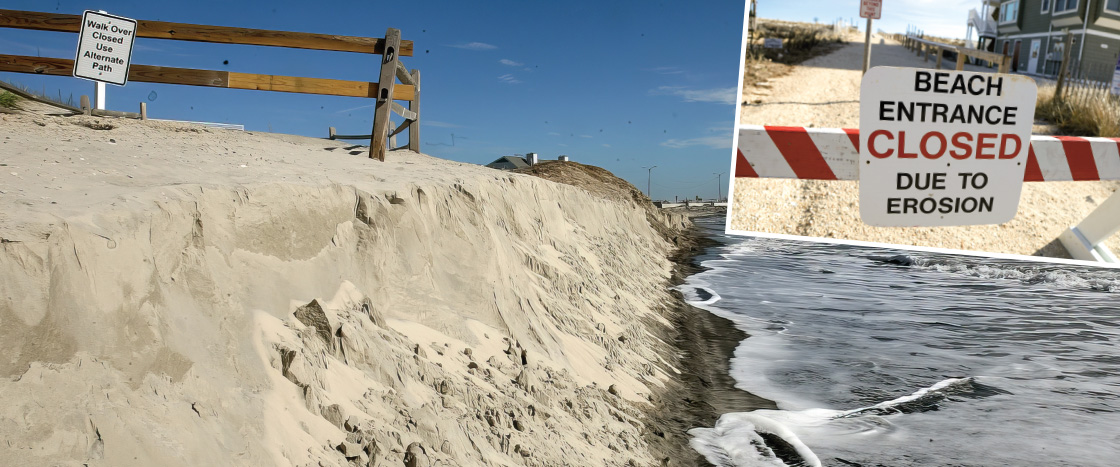Garrett Renton grew up near the seashore in Howell, New Jersey. He spent many summer days swimming in the ocean and relaxing on the sand. To Garrett, the beach had always been there, and it always would be.
Now Garrett sees this isn’t the case. The beach he loves is changing, like many others around the world. Climate change is causing sea levels to rise. The higher waters sweep away sand from beaches.
“The beach used to be so much bigger,” he says. “Now the water has crept up so much there’s hardly any space.” For the past three years, Garrett has been trying to do something about this problem. He’s one of many people working to protect the beaches they love against the rising waters.
Garrett Renton grew up near the seashore. He lived in Howell, New Jersey. He spent summer days swimming in the ocean. He also relaxed on the sand. To Garrett, the beach had always been there. And it always would be.
Now Garrett sees this isn’t the case. The beach he loves is changing. So are many others around the world. Climate change is causing sea levels to rise. The higher waters sweep away sand from beaches.
“The beach used to be so much bigger,” says Garrett. “Now the water has crept up so much there’s hardly any space.” He’s been trying to fix this problem for the past three years. He and others are working to protect the beaches they love from rising waters.

